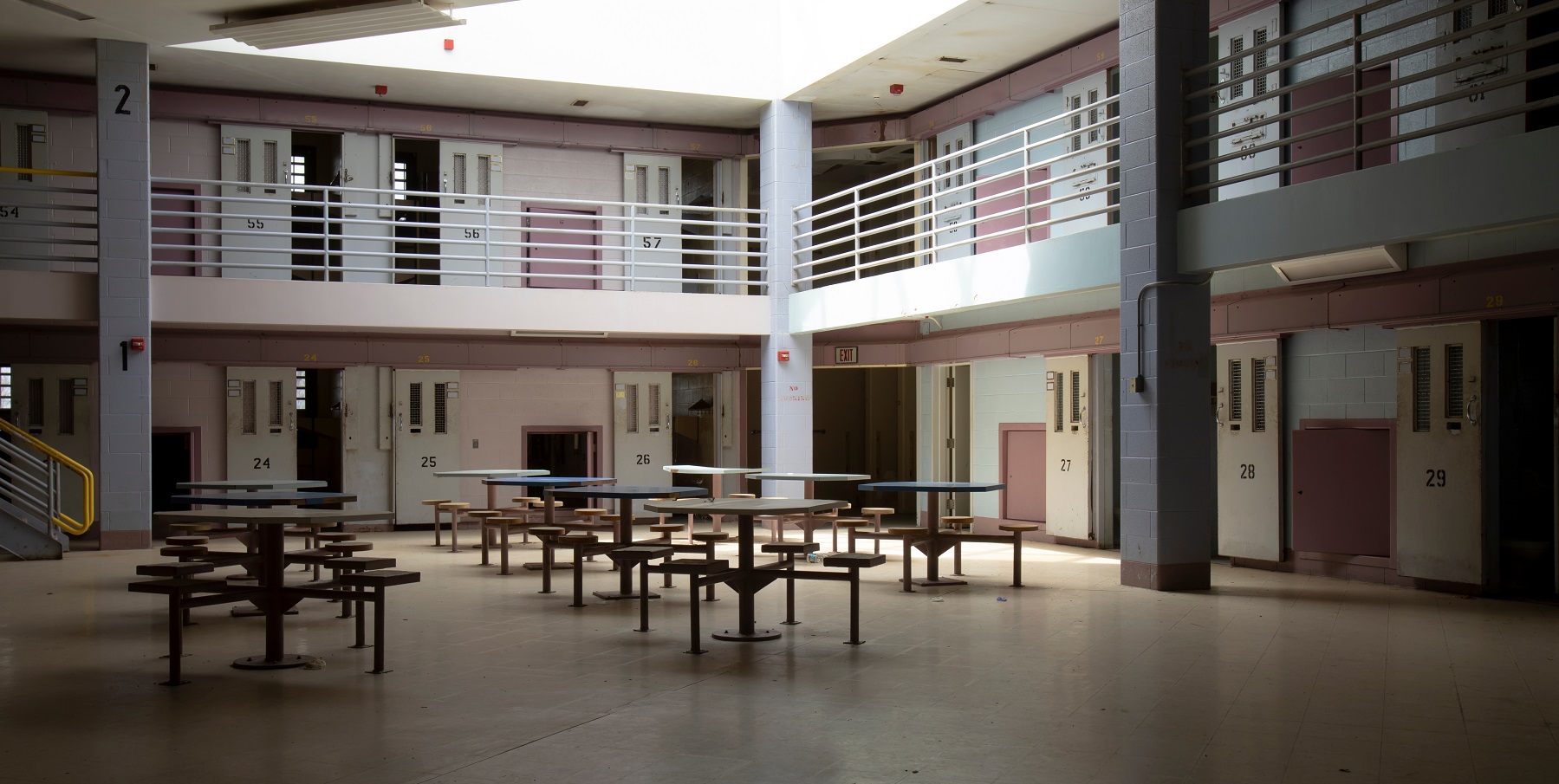The Role of PREA in Correctional Facilities
Category: Corrections
Gordon Graham here with Today’s Tip from Lexipol. Today’s tip is for my friends in corrections.
PREA regulations and resulting policies are extensive and can involve a lot of work. So, why should we go through all this trouble?
I’d like to take a couple of minutes to talk about the Prison Rape Elimination Act, aka PREA. As we approach the 20th anniversary of the enactment of PREA, it is a good idea to take a brief look at the reasons why this law exists.
PREA regulations and resulting policies are extensive and can involve a lot of work. So, why should we go through all this trouble?
Because sexual offenses in a custody setting are facilitated by a triangle of support. In a confinement setting, motivated offenders, potential victims, and a lack of preventive measures combine to create conditions where sexual abuse and sexual harassment can occur. PREA targets these vulnerabilities with a comprehensive strategy of detection, prevention, and response.
PREA adopts a zero-tolerance policy toward sexual abuse and harassment. PREA regulations set staffing levels, identify training requirements, and outline procedures for investigating and responding to reports of abuse. We are responsible for educating inmates about the dynamics of sexual abuse as well as their rights should they be victimized. PREA standards identify multiple ways that an inmate or staff person can report suspected abuse or harassment. PREA requires outside advocacy and support for survivors.
PREA regulations break down barriers to preventing, detecting, and reporting sexual abuse and harassment in our confinement facilities. It doesn’t matter whether it’s a jail, prison, juvenile detention facility, or a temporary holding facility. PREA covers all of these.
PREA includes a disciplinary component. Sanctions may be imposed on staff members, up to and including termination, for sexual abuse or harassment of any inmate or detainee. Government agencies may also face loss of federal funding for failure to adopt or comply with PREA regulations.
PREA makes our confinement facilities safer and more manageable, especially when everyone knows their role and does their part. At the most basic level, complying with PREA is the right thing to do to protect everyone who lives or works in a custodial setting.
That’s Today’s Tip from Lexipol. Until next time, Gordon Graham signing off.






